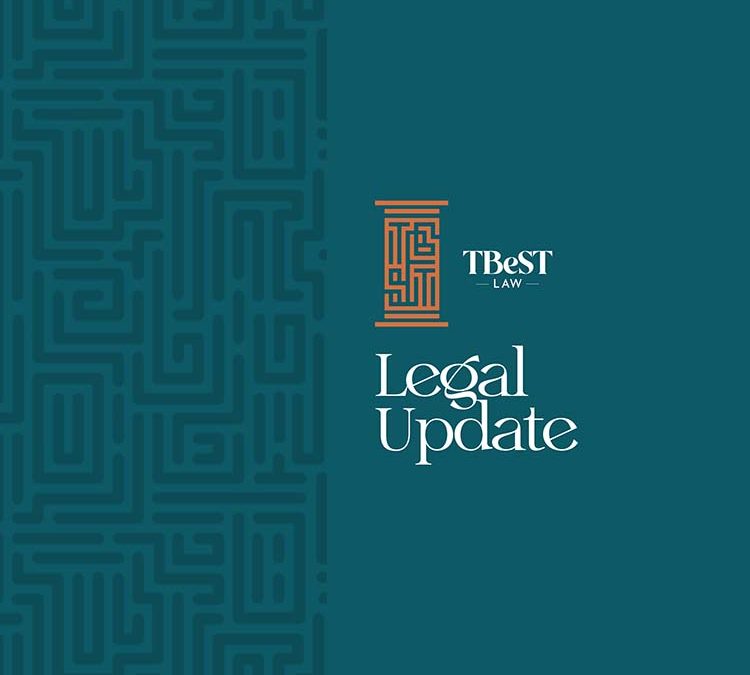Carbon Trading under the Forest Development Protection and Utilization Regulation No. 544/2024
Carbon Trading under the Forest Development Protection and Utilization Regulation No. 544/2024
The Forest Development Protection and Utilization Regulation No. 544/2024 (hereafter the “Regulation”) became effective on April 4, 2024. The Council of Ministers issued the Regulation based on the Forest Development, Conservation, and Utilization Proclamation No. 1065/2018 (hereafter the “Proclamation”).
The Regulation contains provisions and definitions related to forest development, protection, and utilization and carbon trading. It addresses the latter by defining important commercial terms such as Forest Carbon Stock, Forest Carbon Registration, and Forest Carbon Ownership Right. It also outlines the rights and obligations of forest developers and the involvement of the government in this trade. This legal update will provide an overview of carbon trading regulations as governed under this legislation.
Regulating Carbon Trading
Carbon Trading is defined by the Proclamation as “a carbon market system in which payment made for carbon emission reduction by reducing deforestation and forest degradation or carbon stored by increasing forest coverage”. The Proclamation does not provide a detailed framework for the regulation of carbon trading. On the other hand, the Regulation indicates a recognized and regulated carbon trading environment within the forest sector, defining who forest developers are and what forest carbon ownership right means.
According to the Regulation, carbon ownership right means ownership right of carbon stock (the amount of carbon sequestered or reduced emissions gained through forest development and protection) gained through carbon sequestration or reduced carbon emissions. Accordingly, forest developers, either individuals, institutions, associations, or the government, have the potential to engage in carbon trading activities and have the right to own the carbon that is produced in their forest. In terms of revenue generation, the regulation stipulates that forest developers are the owners of the carbon they produce and hence, they can generate income by selling carbon. Nevertheless, forest developers who sell carbon credits may be required to pay service fees to the government if the developer used the help of the State in the carbon trading process. These fees amount to 5 percent of the revenue to the federal government and 15 percent to the regional government from the sale of carbon. Since the “help of the State” is a necessity in most cases of the carbon trading process, these fees are almost inevitable, in addition to the concomitant taxes that would become chargeable on the sale of carbon credits.
Forest Development for Carbon Trading
The Regulation classifies forest developers into six: Small Scale Private Forest Developer (“Small Developer”), Large Scale Private Forest Developer (“Large Developer”), Institutional Forest Developer (“Institutional Developer”), Community Forest Developer (“Community Developer”), Association Forest Developer, and Forest Cooperatives. A Small Developer is a person who develops and utilizes a forest of less than 5 hectares on a private landholding while a person who develops and utilizes a forest of five or more hectares is designated a Large Developer. On the other hand, an Institutional Developer is a religious institution, governmental, or non-governmental organization which develops, protects, and utilizes a forest on its landholding.
A forest can also be developed by community developers, associations, and forest cooperatives. A Community Developer refers to a community which jointly develops, protects, and utilizes a forest on a communal land or on a catchment whose holding has been conferred legally or traditionally. Cooperatives and Associations also have the right to develop and/or utilize forests.
The Regulation provides for the rights and obligations of forest developers including their rights and obligations relating to carbon trading. These rights and obligations are presented as follows:
1. Rights of Small, Large and Community Developers:
I) Access to extension, training, and professional support.
II) Awarding and utilization of a certificate for forest development and management.
III) Ownership of forest carbon in the developed forest.
IV) Transfer of ownership rights of forest products, including carbon and other ecosystem services generated from the forest.
V) Administration and technical support from the government during the transfer of carbon ownership rights.
VI) Access to loans and insurance by using the developed forest or forest land as collateral.
VII) The right to receive incentives for planting and developing endangered indigenous tree species.
2. Obligations of Small and Community Developers:
I) Submission of evidence from relevant authorities when utilizing endangered indigenous tree species grown on their land.
II) Development and sustainable protection of indigenous tree species and protected forests.
III) Payment of a service fee of 5 percent to the federal government and 15 percent to the regional government from revenue generated from the sale of carbon when government support is needed.
IV) Providing information and cooperating with authorized organizations or authorities.
3. Obligations of Large-Scale Private Forest Developers:
I) Conducting an environmental and social impact assessment prior to forest development and utilization.
II) Managing the forest according to an approved forest management plan.
III) Submission of evidence from the appropriate authority prior to harvesting threatened indigenous trees grown in the developed forest.
IV) Payment of a service fee of 5 percent to the federal government and 15 percent to the regional government from revenue generated from the sale of carbon when government support is needed.
V) Timely reporting to the relevant government body authorized to manage the forest sector in case of overwhelming problems that threaten the forest.
VI) Development and sustainable protection of indigenous tree species and protected forests.
VII) Providing information and cooperating with authorized organizations or authorities.
The rights and obligations of Association Developers are similar to that of Small and Large Developers depending on the size of the land on which the forest is developed. However, the Regulation does not specifically address the rights and obligations of Institutional Developers and Cooperatives. As a result, it could be assumed that the rights and obligations of Small and Large Developers will also apply on Institutions and Cooperatives.
State Involvement in Carbon Trading
While the Regulation allows private developers to engage in carbon trading, it also indicates that the State will get involved in the trade. If the government is involved in carbon trading, Regional State and City Administrations have the obligation to ensure that the revenue from carbon sales from state owned, protected, and reserved forests is used for forest development, protection and utilization. Moreover, they have the obligation to pay 10% of the revenue from the sale of forest products to the local community where the forest is located while the federal government, regional government, and communities involved in participatory forest management have a 5%, 15%, and 80% share, respectively, in carbon sales revenue gained from preserved forests.
In conclusion, the Regulation sets the stage for carbon trading within the forest sector, offering opportunities for farmers, investors, and the government to operate within a framework of recognized and regulated carbon trading environment, for forest developers to participate in carbon trading and potentially generate revenue through the sale of carbon credits. It facilitates carbon trading activities by allowing forest developers to hold the ownership of and sell the carbon produced in a forest under their ownership.
Disclaimer: This update is meant to inform and provide general insight into recent regulatory changes and should not be construed as legal advice. It’s always essential to seek legal advice tailored to your specific circumstances. We do not accept any liability for decisions made based on this general update.


